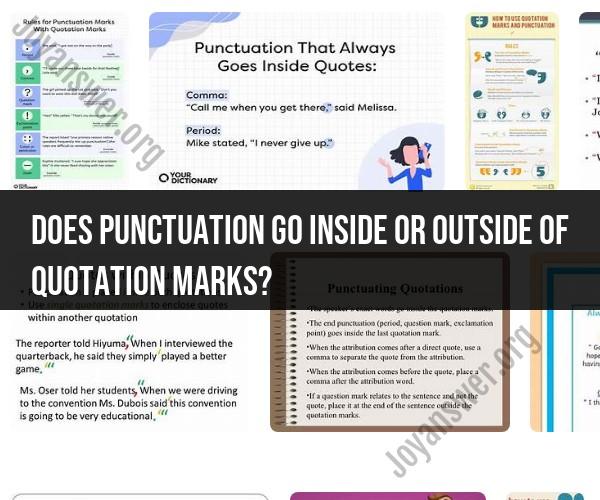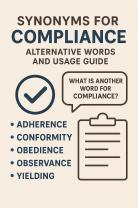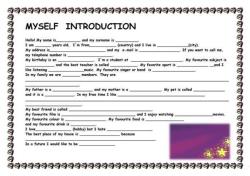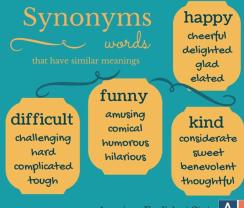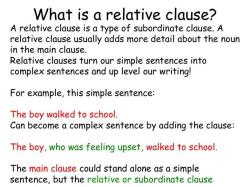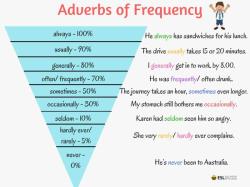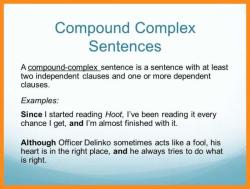Does punctuation go inside or outside of quotation marks?
The placement of punctuation marks inside or outside of quotation marks depends on whether you are following American English style or British English style. The rules for punctuation placement differ between these two major English language conventions:
1. American English Style (Inside the Quotation Marks):
- In American English, punctuation marks (such as commas, periods, exclamation marks, and question marks) typically go inside the closing quotation marks, even if the punctuation is not part of the quoted material. This is known as the "American style" or "inside-the-quotation-marks" style.
- For example:
- She said, "I'll be there at 3 o'clock."
- Did he ask, "What time is it?"
2. British English Style (Outside the Quotation Marks):
- In British English and some other English-speaking regions, punctuation marks go outside the closing quotation marks unless the punctuation is an integral part of the quoted material. This is known as the "British style" or "outside-the-quotation-marks" style.
- For example (British English style):
- She said, "I'll be there at 3 o'clock".
- Did he ask, "What time is it"?
Exceptions:
- In both American and British styles, certain punctuation marks that are part of the quoted material should always remain inside the quotation marks. These include colons and semicolons. For example:
- He mentioned his favorite book: "To Kill a Mockingbird."
- She said, "Please bring the following items: eggs, milk, and bread."
It's important to note that you should be consistent in your use of punctuation style within a document or publication. If you are writing for a specific publication or following a particular style guide (e.g., APA, Chicago Manual of Style), it's advisable to adhere to their guidelines for punctuation placement within quotation marks.
Quotation Marks and Punctuation: Inside or Outside the Quotation Marks?
American English:
In American English, commas and periods always go inside quotation marks. This is the style used by most major publishers in the United States, including the Associated Press and the Chicago Manual of Style.
Examples:
- "I'm going to the store," she said.
- "Is it okay if I'm a couple minutes late to class today?" he asked.
- "The best investments today," according to Smith, "are commodities and emerging-market stocks."
British English:
In British English, commas and periods can go inside or outside of quotation marks, depending on whether the punctuation is part of the quotation or not. If the punctuation is part of the quotation, it goes inside the quotation marks. If the punctuation is not part of the quotation, it goes outside the quotation marks.
Examples:
- "I'm going to the store", she said.
- "Is it okay if I'm a couple of minutes late to class today?", he asked.
- "The best investments today", according to Smith, "are commodities and emerging-market stocks".
Note: Semicolons and colons are always placed outside of quotation marks in both American and British English.
The Quotation Marks Dilemma: Where Punctuation Should Reside
The dilemma over where to place commas in quotation marks is largely a matter of personal preference. There is no right or wrong answer, and both styles are widely accepted. However, it is important to be aware of the different styles and to choose the one that is appropriate for your audience.
If you are writing for an American audience, you should use the American English style.
If you are writing for a British audience, you can use either the American English or British English style. However, it is important to be consistent throughout your document.
Punctuation Rules and Quotation Marks: A Clear Explanation
Here are some clear explanations of the punctuation rules for quotation marks:
- Commas and periods: Commas and periods always go inside quotation marks in American English. In British English, commas and periods can go inside or outside of quotation marks, depending on whether the punctuation is part of the quotation or not.
- Semicolons and colons: Semicolons and colons are always placed outside of quotation marks in both American and British English.
- Question marks and exclamation points: Question marks and exclamation points go inside quotation marks if they are part of the quotation, and outside quotation marks if they are not part of the quotation.
Examples:
- Inside quotation marks:
- "I'm going to the store!" she shouted.
- "Are you coming with me?" he asked.
- Outside quotation marks:
He asked, "Are you coming with me?"She shouted, "I'm going to the store!"
